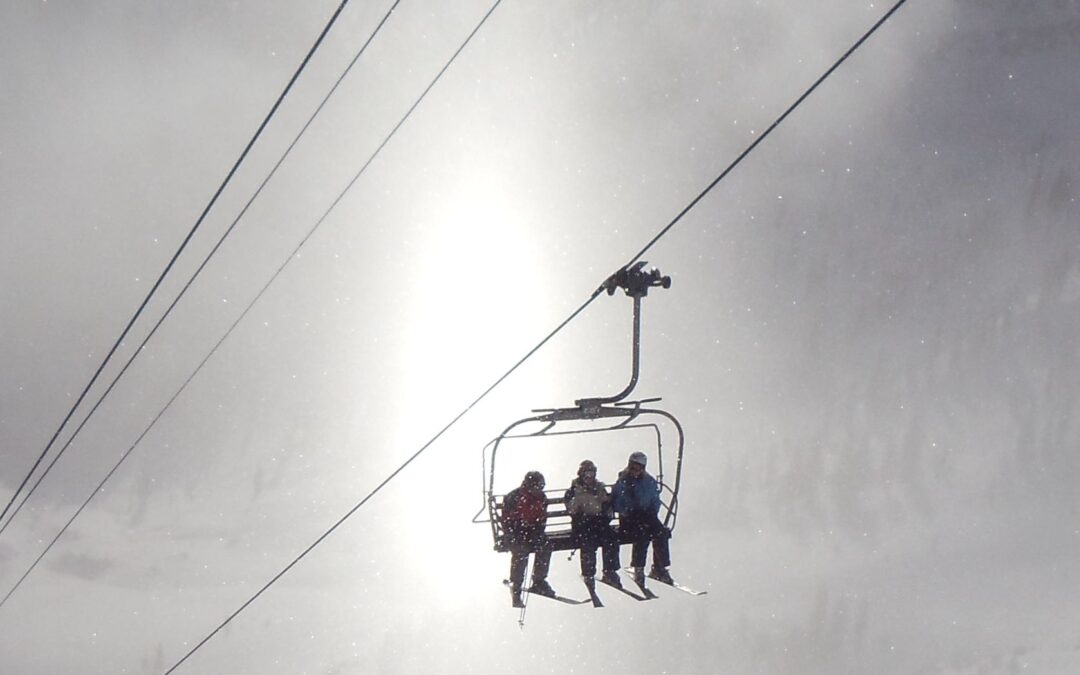Readers Respond to Revelation On Fear of High Lifts
by Jackson Hogen | Oct 18, 2022
 These skiers seem suspended over a bottomless void on the Mineral Basin lift at Snowbird, Utah.
These skiers seem suspended over a bottomless void on the Mineral Basin lift at Snowbird, Utah.
Members get so much more content! Please sign-up today and experience all the Realskiers.com has to offer.
